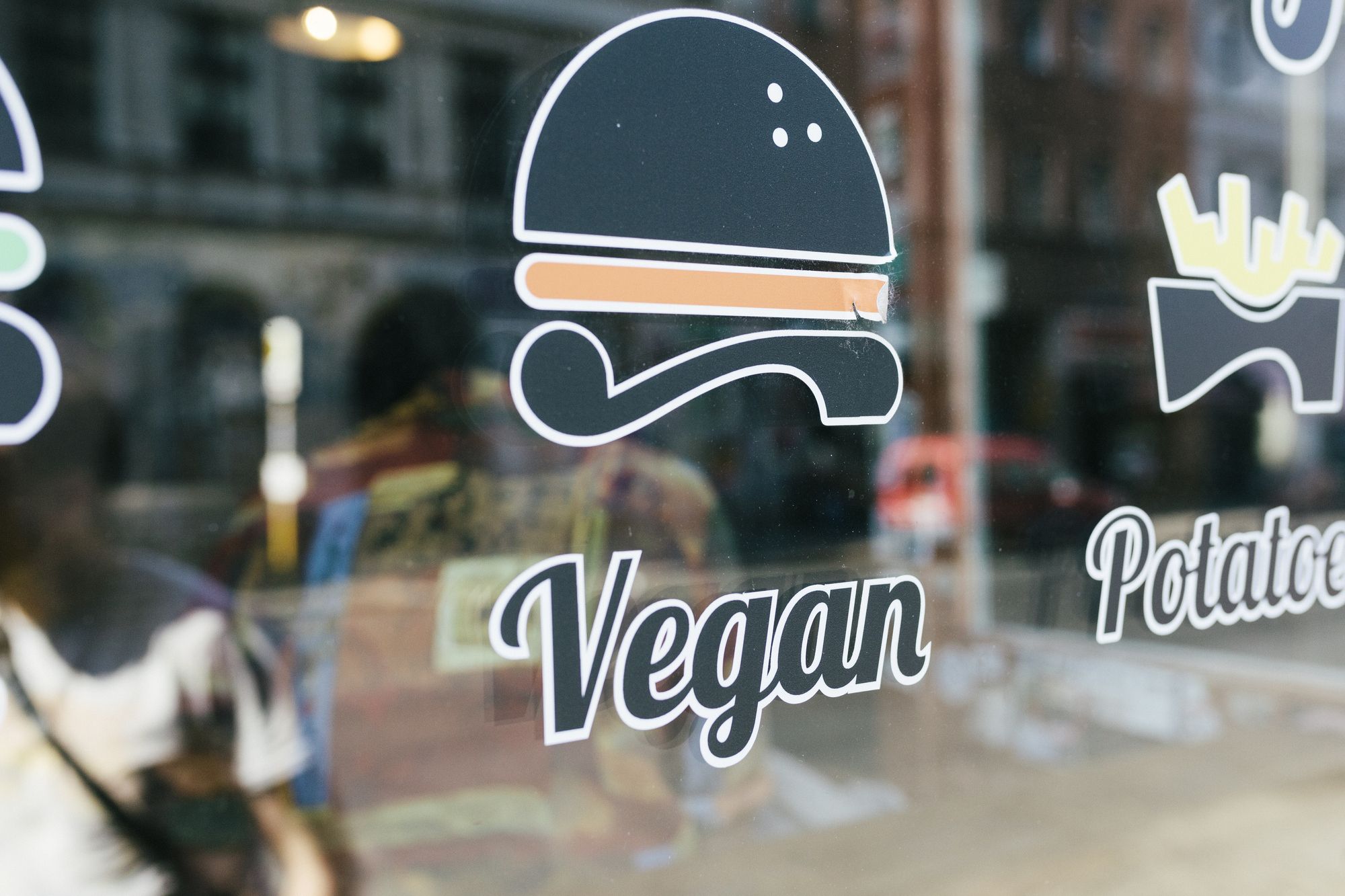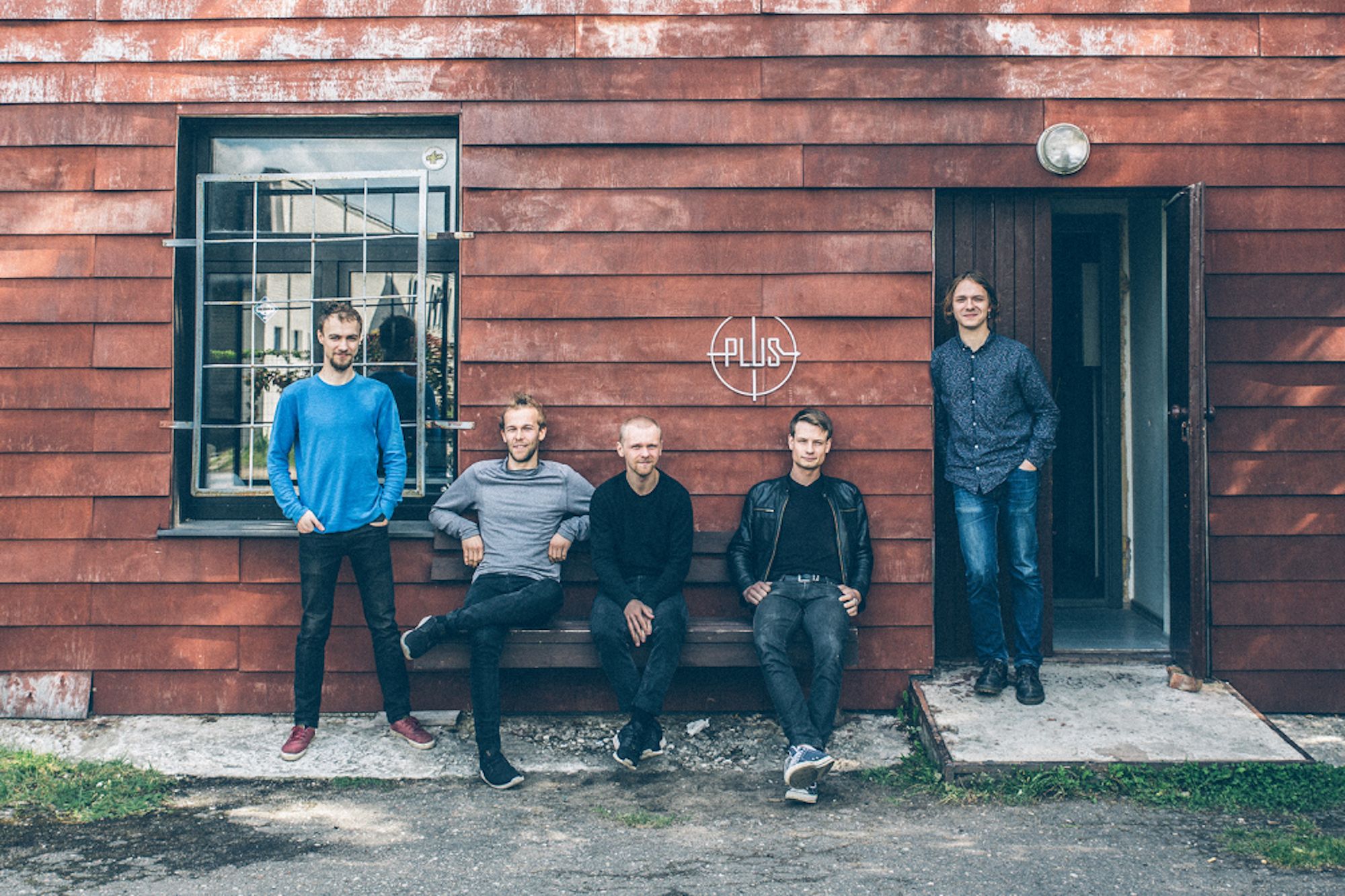As the federal government shuts down its COVID unemployment programs, Marcel White faces a big problem — he still has no job to return to.
While restaurants, bars and other businesses are recovering, people remain wary of packing into convention halls for the type of events that drove White’s income. The 40-year-old audio-video technician who worked trade shows, concerts and corporate events in San Francisco, hasn’t had steady employment since the pandemic began, he said.
For the past year and a half, federal unemployment benefits have helped keep people like White afloat amid the ruins of the COVID-ravaged economy. Those protections came to a crashing halt Saturday. That means White’s income will be cut nearly in half — leaving him $1,800 a month in state unemployment benefits. His rent in Alameda is $1,750. Come November, his benefits will expire completely.
“At the end of the day, I just don’t know how people are going to survive,” White said.
 Without the extra COVID boost supplied by the federal government — first $600 a week, and then $300 — Californians are eligible for no more than $450 in weekly unemployment. Gig workers, independent contractors, small business owners and parents staying home from work to care for children no longer qualify for any money. Even people not in those categories may see their benefits cease because they’ve suddenly been maxed out — Californians now are eligible for just 26 weeks of benefits, down from 92 weeks under the federal program.
Without the extra COVID boost supplied by the federal government — first $600 a week, and then $300 — Californians are eligible for no more than $450 in weekly unemployment. Gig workers, independent contractors, small business owners and parents staying home from work to care for children no longer qualify for any money. Even people not in those categories may see their benefits cease because they’ve suddenly been maxed out — Californians now are eligible for just 26 weeks of benefits, down from 92 weeks under the federal program.
The number of Californians seeking unemployment benefits has finally started a slow decline — dropping for three straight weeks for the first time since October. But in Alameda County, 52,100 people remained out of a job in July — or 6.4% of the workforce, according to preliminary data from the state Employment Development Department. In Santa Clara County, it was 50,600, or 4.9%. In Contra Costa County, it was 36,500, or 6.7%.
“A lot of people are going to be hard-pressed to make ends meet and to find a job before their financial and personal situation becomes unstable,” said Andrew Stettner, a senior fellow with the Century Foundation think tank. “That’s the race that people are going to have against time.”
States can use federal COVID funding to extend unemployment protections. But the $27 billion California received already has been allocated to other programs, according to H.D. Palmer, deputy director for external affairs for the state Department of Finance.
About two-thirds of Californians can expect to receive $600 stimulus checks over the next several weeks. Eligible families with kids get an extra $500.
White has side-hustles to fall back on — he’s mining cryptocurrency and looking into freelance work. But not everyone is so lucky.
Adrianna Carranza, a 29-year-old barista at Peet’s Coffee in the Oakland International Airport, hasn’t worked since March 23, 2020. As the economy started to rebound, some of her co-workers were called back to work, but not her.
Carranza’s unemployment payments stopped in April after issues with the state’s online portal prevented her from verifying her identity, and she hasn’t been able to reach anyone at the Employment Development Department to get them reinstated. So Carranza and her partner, who works from home as a coder for a tech company, have been burning through their savings and racking up credit card debt to get by.
Their precarious situation makes her nervous. The couple has a 6-year-old daughter, and Carranza is pregnant. But the thought of getting called back to work in a busy airport with the Delta variant circulating also worries her.
“I think it’s really scary going back, but having that financial instability means just saying, ‘OK well I have to do this, even if I get sick,’” she said.
Andrea, a Richmond-based Uber driver who didn’t want to give her last name because of privacy concerns, isn’t thrilled about going back to her old job, either. Before the pandemic, Andrea took care of her 4- and 6-year-old sons, both of whom are on the Autism spectrum, during the day while her partner worked. At night, she drove for Uber.
It wasn’t an ideal job. Andrea drove with a knife tucked under her leg for protection and kept a bucket in her car in case a drunk passenger had to vomit. She had to pay for gas and car repairs out of pocket, which means she made more on unemployment than she did driving.
Now that her benefits have been cut off, she’s hoping to find work doing something else — but she’s not sure what.
“I don’t know what’s going to happen,” she said. “I’m anxious.”
In the restaurant industry, some employers hope that ending federal unemployment benefits will make it easier to hire people. All the “horror stories” you hear about a worker shortage are true, said George Lahlouh, who co-owns three bars and restaurants in San Jose — Paper Plane, Miniboss and Original Gravity Public House. Each job posting gets about 30% of the interest it would have pre-pandemic, he said. And when his staff follows up with applicants, only about half return their calls.
“It’s been pretty difficult,” he said. Lahlouh has started offering medical insurance to lure new employees and hired a recruitment coordinator to help him fill vacancies.
But a recent study found that ending benefits spurs only a modest increase in employment, leaving most households without a job or benefits.
“There’s pretty good consensus at this point that reducing benefits doesn’t send people back to work in droves,” said Kyle Coombs, who researches unemployment insurance at Columbia University and is the lead author of the study.
In June, 22 states ended their federal COVID unemployment programs early. Two months later, only one in eight beneficiaries had returned to work, according to the study.
San Jose resident Patricia Gutierrez finally went back to work last month, after collecting unemployment for a year and a half. Gutierrez lost her job as an elementary school nurse in March 2020. During lockdown she had to spend long days caring for her two young children who were home from school, and her newborn.
In August, on the first day her children returned to school, her youngest stayed with a friend from church and Guitierrez returned to work part-time — and with a $3 raise.
She makes a little less than she used to on unemployment. But, “I feel so much better. My mind is more clear,” she said. “It feels good to be productive outside my house.”










